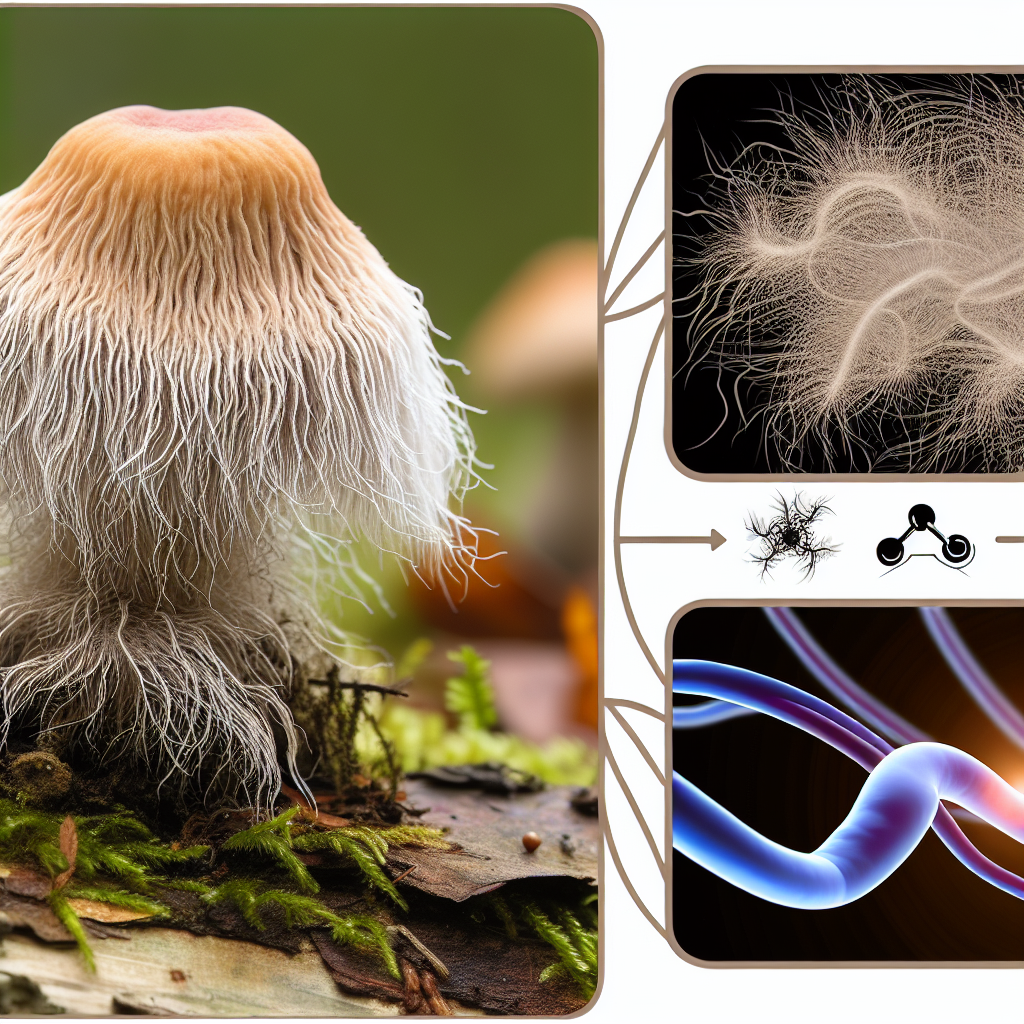Mushroom Foraging Ethics: Sustainable Harvesting Practices
Introduction
In recent years, there has been an explosion of interest in medicinal mushrooms—ranging from reishi and lion’s mane to turkey tail and cordyceps—thanks to growing scientific evidence supporting their health benefits. As the popularity of both culinary and therapeutic fungi rises, so does public interest in mushroom foraging, especially among those embracing sustainable lifestyles. However, foraging is not without its ethical complexities. With growing human interaction in wild environments, it’s crucial to understand how these practices impact biodiversity, ecosystems, and the long-term survival of fungal species.
Mushroom foraging offers not only the thrill of discovery but also a direct way to gather nourishment and medicine. Yet, it’s important to remember that wild mushrooms are integral to forest ecosystems. They play key roles in recycling nutrients, supporting forest regeneration, and helping trees absorb water and minerals through symbiotic mycorrhizal networks. Choosing to forage without proper understanding or respect for natural systems can lead to the degradation of these sensitive relationships—and cause long-term harm.
Ethical mushroom foraging encompasses much more than identifying edible specimens. It involves adhering to local regulations, respecting land ownership, minimizing one’s environmental footprint, and foreseeing the consequences of excessive or careless harvesting. This is particularly vital when gathering medicinal species that are slow to regenerate or exist in fragile biomes.
As the market for natural wellness products—including psilocybin and other medicinal fungi—continues to expand, it is more important than ever for conscious consumers to engage in practices that not only preserve wild populations but help them thrive. In this article, we explore the principles of ethical mushroom foraging, share best practices for sustainability, and review the latest science supporting a conservation-first approach to harvesting.
Features: Scientific Studies and Sustainable Approaches
Scientists and conservation bodies increasingly recognize the importance of fungi and the need for sustainable foraging practices. According to a report by the Food and Agriculture Organization (FAO) of the United Nations, wild mushrooms are among crucial non-timber forest products that deliver health and subsistence benefits globally but are often left out of forest planning and protection policies. The 2020 report warns that unchecked harvesting could irreparably damage forest ecosystems.
A major study published in Fungal Ecology (Boa et al., 2020) explored harvesting impacts in Europe and North America. It found that repeatedly collecting mushrooms from the same sites without recovery time led to significant declines in fungal biomass and the development of fruiting bodies. Its findings emphasize the need for practices like rotating foraging sites, leaving immature mushrooms intact, and harvesting only 10-20% of visible mushrooms to ensure adequate spore dispersal.
Research from the University of Helsinki’s Department of Forest Sciences highlights the often-overlooked role of traditional and indigenous knowledge in promoting sustainability. These communities maintain generations of wisdom regarding fruiting cycles, soil conditions, and tree-fungi relationships. Integrating such experiential knowledge with modern science creates well-rounded strategies that are ecologically sound and culturally respectful. Read the full study here.
Medicinal mushrooms like Ganoderma lucidum (reishi) and Trametes versicolor (turkey tail) are widely praised for their immune-boosting and anti-cancer properties. However, their habitat-specific nature increases their risk of overharvesting. According to a review in the International Journal of Medicinal Mushrooms, without proper guidelines, demand could lead to rapid depletion of wild stocks well before science taps into the full potential of these fungi.
Recommended guidelines for ethical foraging, supported by field data, include:
– Harvesting no more than 10-20% of any mushroom cluster
– Cutting mushrooms with a knife at the base to protect mycelial networks
– Avoiding areas near roads or polluted sites where mushrooms may absorb heavy metals
– Steering clear of endangered or rare mushroom species, regardless of their medicinal value
Emerging technology plays a growing role in sustainable harvesting. Apps like iNaturalist and Mushroom Observer enable users to document sightings and contribute to scientific mapping efforts. These platforms, combined with AI identification tools, help citizen scientists and hobbyists avoid misidentification and contribute to species monitoring.
Conclusion
Foraging for wild mushrooms provides a meaningful connection to nature and access to potent natural medicines, yet it places a duty on foragers to protect the fungal ecosystems they depend on. Ethical mushroom harvesting aligns personal wellness with ecological harmony. By combining indigenous knowledge, scientific research, and modern tools, we can preserve this valuable resource and foster a stewardship mindset that secures fungal biodiversity for future generations.
References
– FAO (2020). State of the World’s Forests. Food and Agriculture Organization of the United Nations.
– Boa, E., et al. (2020). Sustainable wild mushroom use in Europe and North America: A conservation view. Fungal Ecology.
– Linde, A.R. et al. (2022). The role of indigenous knowledge in sustainable foraging. Ecological Indicators.
– Wasser, S.P. (2010). Medicinal mushrooms: scientific advances, current status, future trends. International Journal of Medicinal Mushrooms.
– iNaturalist. Citizen science platform for biodiversity monitoring.
– Mushroom Observer. A community for mushroom identification.
Concise Summary
As interest in medicinal and culinary mushrooms grows, ethical and sustainable mushroom foraging becomes essential for preserving biodiversity and ecosystem health. This article explores key practices such as rotating harvest sites, using traditional knowledge, and limiting harvest quantities to support fungal regeneration. Scientific studies underscore the importance of conservation-minded approaches, especially as demand rises for species like reishi and turkey tail. Emerging technologies like iNaturalist also offer tools for responsible foraging. Combining ecological awareness, scientific research, and indigenous wisdom helps ensure these valuable fungi remain a renewable resource for future generations.

Dominic E. is a passionate filmmaker navigating the exciting intersection of art and science. By day, he delves into the complexities of the human body as a full-time medical writer, meticulously translating intricate medical concepts into accessible and engaging narratives. By night, he explores the boundless realm of cinematic storytelling, crafting narratives that evoke emotion and challenge perspectives. Film Student and Full-time Medical Writer for ContentVendor.com




